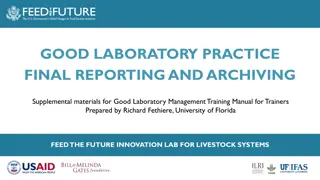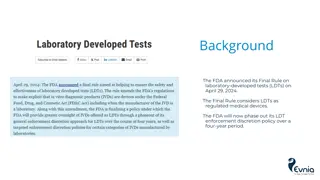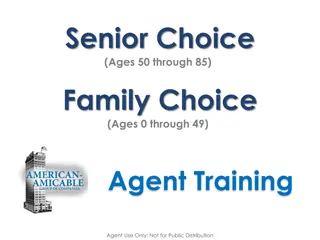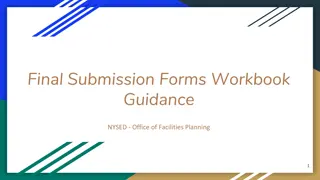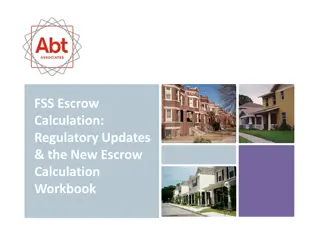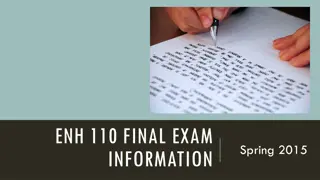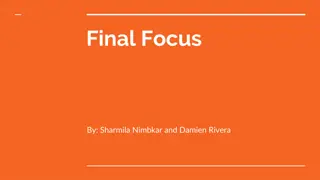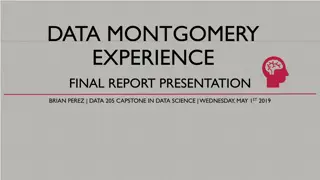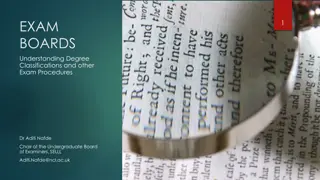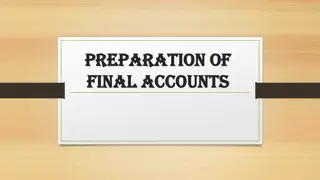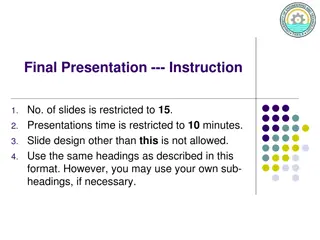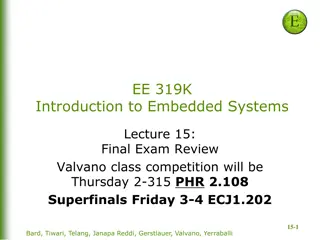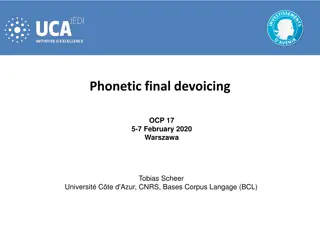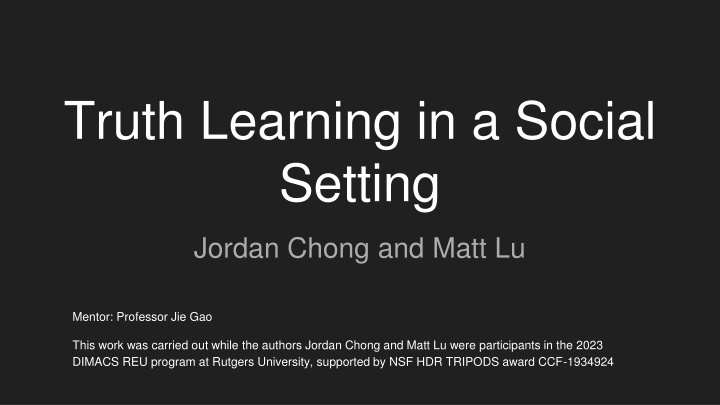
Social Learning Dynamics and Information Cascades
Explore the impact of social interactions on decision-making and truth learning in a social setting through hidden ground truth, herding behaviors, and maximizing learning quality with the help of graphs and models.
Download Presentation

Please find below an Image/Link to download the presentation.
The content on the website is provided AS IS for your information and personal use only. It may not be sold, licensed, or shared on other websites without obtaining consent from the author. If you encounter any issues during the download, it is possible that the publisher has removed the file from their server.
You are allowed to download the files provided on this website for personal or commercial use, subject to the condition that they are used lawfully. All files are the property of their respective owners.
The content on the website is provided AS IS for your information and personal use only. It may not be sold, licensed, or shared on other websites without obtaining consent from the author.
E N D
Presentation Transcript
Truth Learning in a Social Setting Jordan Chong and Matt Lu Mentor: Professor Jie Gao This work was carried out while the authors Jordan Chong and Matt Lu were participants in the 2023 DIMACS REU program at Rutgers University, supported by NSF HDR TRIPODS award CCF-1934924
Social Interactions and the Spread of Information People make decisions often weighing their own private information and the public actions of those around them Social media and the internet can lead to lots of information dissemination
Herding/Information cascades People are influenced by the actions of others An information cascade happens when people disregard their own information and follow the crowd Think trends, domino effect, sheep mentality
Our Leading Questions How can someone decipher what is true or not? Does the order people make decisions matter? Maximize the amount of people who know the truth
Ordering and Actions Red! Red! Red!
Goal: Maximize Learning Quality We want the proportion of correct responses to be close to 1 Blue!
Using Graphs Idea: Nodes are people (agents) and edges are connections in a social network Social Connection (edge) Agent (node)
Maximizing Learning Quality: Model Ingredients What are the parameters? Topology Ordering
Local Visibility Majority Rule using private signal and neighbors actions Global Visibility Complex calculation using private signal, neighbors actions, graph structure and ordering
Overview of Results Table 1: Our results for different topologies and orderings Topology Characterization Ordering Bounds High degree, high value Aggregation-dissemination Approaches 1? Preferential attachment Low degree Sequential Bounded away from 1 Connected caveman Low degree Spiral Approaches 1? n x n grid Note: We use local visibility as the decision mechanism for all the above
Preferential Attachment: Aggregation-dissemination High-value node
Simulation results Table 2: Comparison of preferential attachment network learning rate under random ordering and aggregation ordering over 500 trials, n=300, q=0.7 Random ordering Aggregation ordering Avg. Learning rate 0.937 0.951 Neg. cascades 17 2 Avg. indep. decisions 19.06 31.82 Note: Negative cascades refer to the number of trials where the learning rate of the network is < q
Results Table 1: Our results for different topologies and orderings Topology Characterization Ordering Bounds High degree, high value Aggregation-dissemination Approaches 1? Preferential attachment Low degree Sequential Bounded away from 1 Connected caveman Low degree Spiral Approaches 1? n x n grid Note: We use local visibility as the decision mechanism for all the above
Connected Caveman Graph of cliques with two edges connected adjacent cliques Strategically choosing two edges to propagate information without cascades Induce a sequential ordering
Grid grid We induce a spiral ordering starting from (1,1) to the center of the grid As , the size of the boundary nodes increase in and the interior nodes increase in
Learning rate for grid The boundary nodes all learn successfully with probability In the second layer, the learning rate from node to node increases monotonically (non-corners) The learning rate in the second layer converges to
Learning rate converges to 1? Size of grid vs learning rate n
Future Direction Low degree graphs with learning rate approaching 1? NP hardness of ordering for general case? Global visibility model? Thank you for listening!

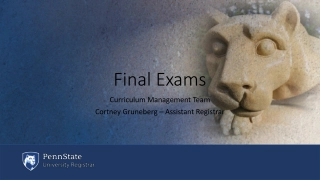
![READ⚡[PDF]✔ Yup I'm Dead...Now What? The Deluxe Edition: A Guide to My Life Info](/thumb/20463/read-pdf-yup-i-m-dead-now-what-the-deluxe-edition-a-guide-to-my-life-info.jpg)



